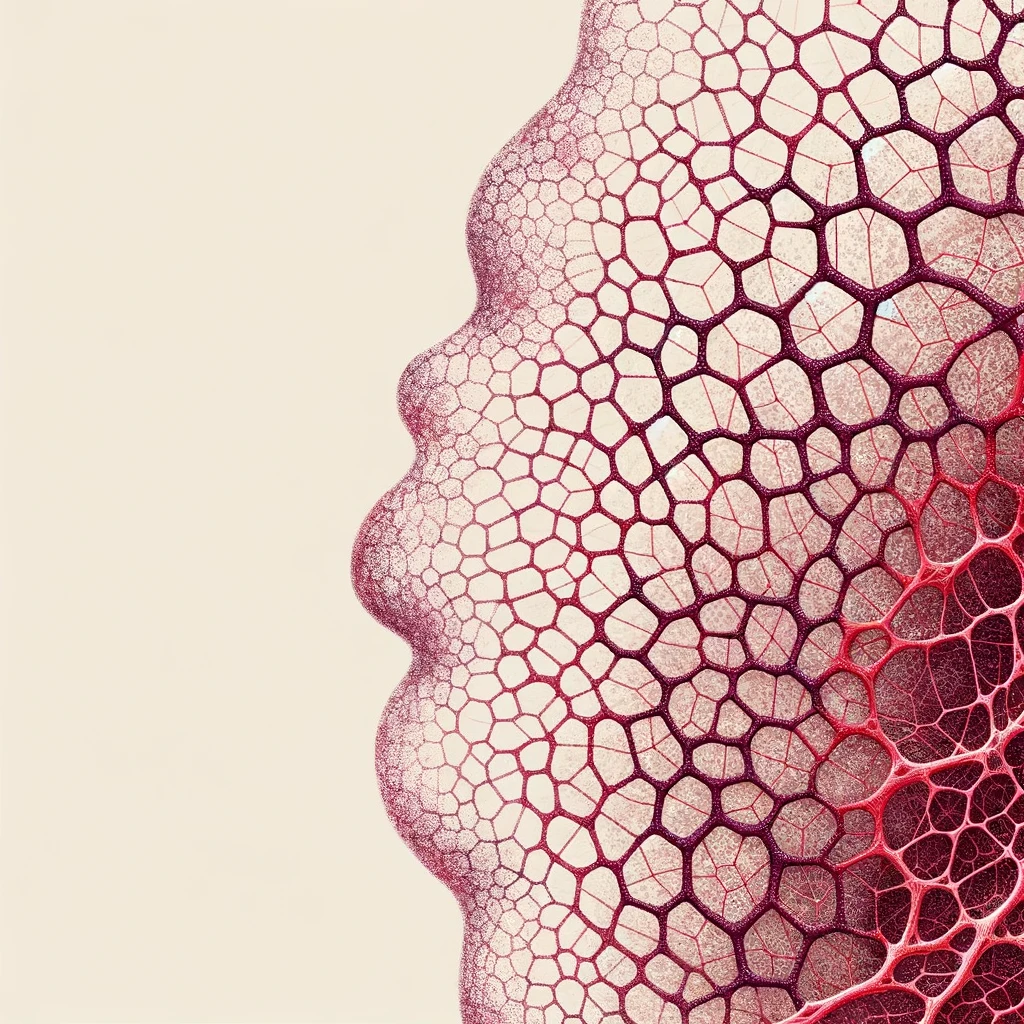Livedo reticularis as a symptom can be a significant clinical sign that may point to underlying systemic conditions, some of which can be serious. When it appears as part of the presentation of a disease, it necessitates a thorough evaluation to identify the root cause. The presence of livedo reticularis in association with other symptoms can help narrow down potential diagnoses. Here’s how livedo reticularis serves as a symptom across various conditions:
Vascular and Blood Flow Issues
In conditions affecting blood flow, livedo reticularis reflects disturbances in the microcirculation. This can be due to:
- Vasospasm: Temporary narrowing of blood vessels reducing blood flow.
- Vascular occlusion: Blockages in blood vessels preventing proper blood circulation.
- Hyperviscosity: Increased thickness of the blood, which can impede flow.
Autoimmune Disorders
Autoimmune disorders like lupus (Systemic Lupus Erythematosus, SLE) and rheumatoid arthritis can present with livedo reticularis. In these cases, the symptom reflects underlying inflammation and possible vascular involvement in these diseases. It may indicate a flare-up or active disease state in patients with known diagnoses.
Antiphospholipid Syndrome
This syndrome is characterized by the formation of blood clots in both arteries and veins, as well as pregnancy-related complications. Livedo reticularis can be a prominent feature and may suggest the presence of this syndrome in patients with a history of thrombosis or miscarriages, guiding further diagnostic evaluation for antiphospholipid antibodies.
Cryoglobulinemia
Cryoglobulinemia involves the precipitation of proteins at lower temperatures, which can lead to blocked blood vessels. The appearance of livedo reticularis, especially in colder environments, can be a clue to this condition.
Medication-Induced
Certain medications can cause livedo reticularis as a side effect, serving as an external indicator of adverse reactions to drugs. This is particularly relevant in the context of vasoactive drugs, amantadine, or those associated with vasculitis.
Evaluating Livedo Reticularis
When livedo reticularis is observed, it prompts a detailed patient history and physical examination, focusing on:
- Symptom onset: Acute or chronic appearance can offer clues.
- Associated symptoms: Joint pain, neurological symptoms, or systemic signs of inflammation can point to specific diagnoses.
- Environmental factors: Exacerbation with cold exposure might suggest conditions like cryoglobulinemia.
- Medication history: Newly started medications might be implicated.
- Past medical history: Previous thrombotic events or miscarriages could indicate antiphospholipid syndrome.
Diagnostic Approach
The diagnostic workup may include:
- Blood tests: To assess for inflammation, autoimmune markers, cryoglobulins, and antiphospholipid antibodies.
- Imaging studies: Doppler ultrasound or angiography to evaluate blood flow and detect any occlusions.
- Biopsy: In some cases, a skin biopsy is performed to examine the blood vessels within the affected area.

Livedo reticularis as a symptom is not only a skin manifestation but also a visual clue that can indicate systemic involvement, requiring a comprehensive approach to diagnosis and management. Its presence should prompt consideration of underlying conditions, especially when accompanied by other systemic symptoms.
